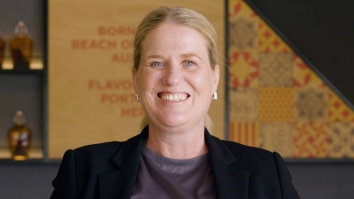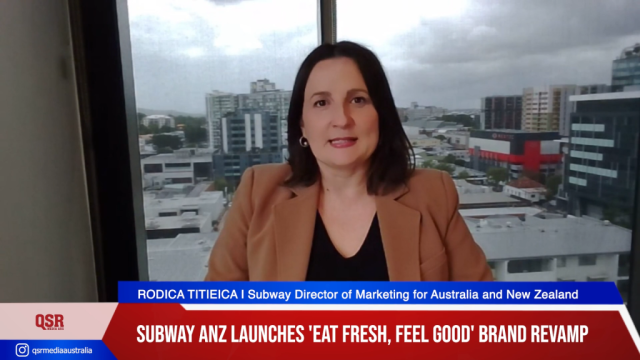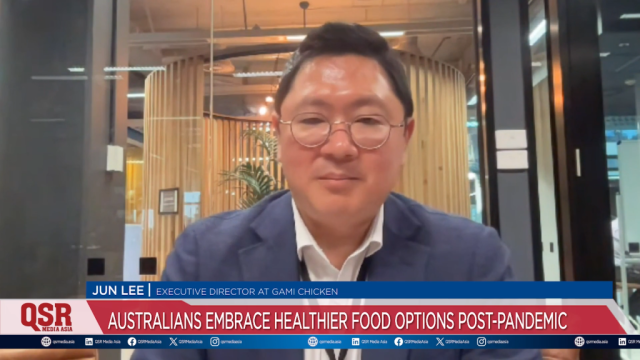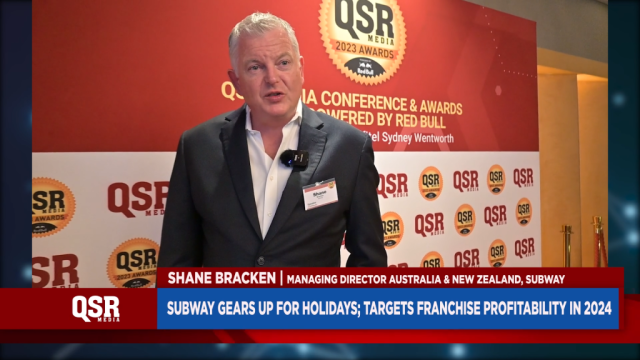
Is the Hub and Spoke model right for your QSR?
Written by Thomas Webb, director and principle strategy consultant at Strategy Pantry.
What do most bakery, café, and patisserie brands have in common at their outset? You might say big ideas? Great products and differentiation? Innovative presentation and different takes on well-loved classics?
All of the above are true on the most part, but in more cases than not Bakery/Café chains will start with a supply chain structure known as an Internal Hub and Spoke.
The Internal hub and spoke model, also known as a Micro-logistics system, is the delivery model where your brand is your supply chain. All product is manufactured, stored and delivered by a mechanism financed and operated by the parent company, or subsidiary of the brand. While this model has the luxury of total control, product flexibility and very short lead time from concept to delivery for New Product Development, there are some very big draw backs that need to be considered, and it has been what amounts to an Achilles heel for some major chains in Australia.
First let’s explore the Pros:
(1) Flexibility – When the brand owns the supply chain, it reduces any conflict of interests. The service to your stores is paramount as that is the only reason for its existence. Extra servicing, minimum / maximum orders and delivery scheduling become a much simpler process to your franchisees and stakeholders.
(2) Quality Control Accountability – You will have the power to ensure compliance at the operational level. If one of your products is not up to the standard that your brand demands, the remedy for that is simple as the manufacturing staff are your staff. Quality issues can be dealt with swiftly, often without need for recall or product suspension and investigations can occur in a timeframe you control.
(3) Product differentiation – When it’s your product, it is far simpler to make a point of difference to your competition. Have you ever noticed that most casual dining or fast casual cafes often appear to sell the same tiramisu or caramel tarte? It’s probably because they do so on a national scale and there are only 4 or 5 manufacturers selling it through the Food Service routes.
(4) NPD Turnaround – With an internal production facility, your New Product Development team can work directly with those who will produce the products resulting in a far shorter turn around to get to market. In the fast-paced world of food retail and QSR, trends come very fast and exit almost as quickly and the speed in which you can turn around a new product has a measurable impact on your total sales.
(5) Marketability – Fresh is best, isn’t it? If you are an owner of a bakery / café chain then the freshness claim of your product can be paramount. Being able to truthfully claim “Fresh Baked Daily” or “Prepared by our in-house Patisserie Chefs” is a tried and true formula for customer engagement.
Now before you say that this is the type of robust environment you want in your business, let’s look at the downsides:
(1) Know your business – When you are in a strong growth phase, it is important to know what your business does well, but more important to know what it doesn’t. Are you a retailer/QSR, manufacturer or distributor? A “Jack of All Trades” is rarely a master of any and when you own your supply chain you must excel at all facets of that. This in turn requires the resources to do so. Which brings me to point two and three.
(2) Cost – Manufacturing and delivery are expensive, and per the law of economies of scale it is more expensive to manufacture and distribute if you have less outlets. While the cost of your item on a manufacturing level may have a healthy gross profit, has the delivery cost been considered? Energy cost? Vehicle maintenance cost? Insurance liability? As you grow, recognised QA processes will also add costs…all of these items add up and that’s not considering the capital expenditure for the manufacturing equipment you will need as you grow.
(3) Human Resource Management – As your brand grows, so will the need for higher skilled teams and management to operate your system. While this should be obvious, there have been well noted cases of inexperienced and under qualified teams derailing brands.
(4) Cash Flow Risk and Terms – With your own distribution system, you own the cash flow risk. You are purchasing raw product, processing it and passing a finished product to your stores. However, to do this you need to manage all supplier payments, operational costs and ensure that you still get paid by the franchisee. While the cashflow risk can be mitigated through good inventory control of your raw material and strict credit control with your stores, if you outsource either through an external manufacturer or distributor your business will not be burdened with that high level of risk.
(5) Revenue - Passive revenue has little place in internal manufacturing, and in fact negotiating rebate can be detrimental. When your outlets are paying invoices to a third party at a margin you, as the brand, hold the power in the negotiations with alternate revenue streams being the outcome. Potentially more money in your pocket.
The most important consideration in this model is the economy of scale. While I touched on it above, I simply cannot place enough emphasis on this. I have seen major national chains that have struggled with this dilemma and smaller chains crumble from the impacts. The capital expenditure and fixed costs in manufacturing and distribution are high regardless of your output and, simply put, the net cost of goods sold for a single serve, grab and go muffin produced internally becomes exponentially lower with every product you manufacture and sell. Conversely, manufacturing on a small scale obviously increases your cost per unit. Know where the profit frontier is, but more importantly know when you are not hitting it.
If your production unit does not break even on its own without being subsidised through other business cash flows, and if the capital expenditure is not going to be viable on a conservative sales budget, then your entire model needs to be questioned. There are common ways to combat this dilemma:
(1) Rationalise and Outsource; This can be attained be either outsourcing the production to an established manufacturer or by selling that part of your business. Both have advantages and limitations, but with the former you are now leveraging your volumes on what could potentially be a far higher volume. What you might pay for in flexibility you could very well make up on the bottom line. The outsourcing may also not need to be the entire operation. By taking out key processes that have a high cost and contracting them, you could essentially move the operation back to the financial place it needs to be.
(2) Commissioning new outlets; By growing your retail brand, you will have a greater demand for your products. This method though is fraught with danger because if you cannot sell the appropriate number of franchises, you may need to offset with company owned stores affecting that precarious balance.
(3) Alternate sales avenues; By investing in a sales strategy to move your manufactured product into another retail (or indeed wholesale) avenue, either under your brand or not, you can reduce the economies of scale risk. This has been the method of many brands and many products sold through traditional retailers have come about as simply a method of justifying production or management of overstock.
While taking ownership of your business at a granular level is attractive and most entrepreneurial business leaders gravitate to that concept, the entire operation needs to be considered. While I have dwelled on its’ downsides, I am not suggesting that the model will always fail as there are notable successes: Krispy Kreme and Ferguson Plarre appear good examples of success with the former broadening its market through alternate retail outlets and the latter having a well-honed, geographically targeted market. Constant review of commercial and supply chain strategy can ensure that this methodology can work for smaller food chains, however it requires stringent focus.
Internal hub and spoke models are very popular in higher population density markets, such as US capitals, however in Australia it is imperative that the economies of scale dilemma is carefully managed. Keep this in mind when planning your supply chain strategy, and you’ll be on the right path.
Thomas Webb is director and principle strategy consultant at Strategy Pantry and you can contact him via LinkedIn or at [email protected]






























